A synopsis of the events surrounding the Katyn Forest Massacre
in which Wiktor Dziurzyński was murdered
Sign on the Road near Katyn
“Memorial to the Polish Officers Who Perished in Katyn”
On August 23, 1939 the Molotov-Ribbentrop Pact was signed by Germany and the Soviet Union. Formally, the pact was a non-aggression agreement between the two countries, but it also contained a secret protocol that gave Latvia, Lithuania, Estonia, and eastern Poland to the Soviet Union and gave western Poland to Germany.
On August 25, 1939 the Agreement of Mutual Assistance between the United Kingdom and Poland was signed.
On September 1, 1939, Germany invaded western Poland.
On September 17, 1939, the Soviet Union invaded eastern Poland. Even though the Soviet Union had not declared war against Poland and Poland’s armed forces were instructed not to engage the Soviet troops, the Soviet Union began rounding up officers and reservists in the Polish military, policemen, legal and administrative officials and their families. The Soviets then transported the prisoners to detention camps. In particular, the 15,105 Polish military officers, including about 44.9% active officers, 55% reservists, and 0.1% retired officers, were transported to special detention camps at Kozielsk, Starobielsk, and Ostashkov in the Soviet Union.
Memo from L. Beria to Stalin
On March 5, 1940, these prisoners were declared to be “hardened and uncompromising enemies of Soviet authority”. A memo from L. Beria to Stalin proposed to execute the prisoners by shooting. The handwritten signatures across the face of the document are Stalin and politburo members Kliment Voroshilov, Vyacheslav Molotov, and Artem Mikoyan. In the left margin are the signatures of Mikhail Kalinin and Lazar Kaganovich. An English translation of the memo is available.
In April and May 1940, the prisoners were transported to three execution sites: Katyn, Miednoye, and Kharkov, where they were murdered and buried in mass graves.
On June 22, 1941, Germany violated the Molotov-Ribbentrop pact and invaded the Soviet Union.
On April 13, 1943, the Nazis announced the discovery of the mass graves of Polish Officers at Katyn and blamed the Soviets. The immediate response of the Allies was that the announcement was propaganda.
On April 17, 1943, the Polish government in exile in London requested that the International Red Cross be sent to investigate the graves in the Katyn forest.
On April 25, 1943, in response to the Polish government’s request for the International Red Cross to investigate the mass graves, the Soviet Union severed relations with the Polish government, claiming that Poland had sided with Hitler’s government.
On April 26, 1943, Tadeusz Romer, Poland’s Ambassador to Moscow, was invited to V. Molotov’s office where Molotov read a message, informing Romer that relations between the Soviets and the Polish government were being severed. Romer returned the message to V. Molotov, stating that the conduct and intentions of the Polish government, as stated in the message, were contrary to fact.
In October 3, 1990, Mikhail Gorbachev handed over to Gen. Wojciech Jaruzelski documented evidence that the NKVD was responsible for the deaths of the Polish Officers at Katyn.
Wiktor Dziurzyński
The names of those Poles interred at the Soviet Union’s prisoner-of-wars camps can be searched online at the Indeks Represjonowanych (Index of the Repressed). The name of Paulette Makuliak’s great uncle, Wiktor Dziurzyński, is among them. He was interred at Ostaszkov and murdered at the Miednoye Forest near Tver, probably between March 1 and June 5, 1940.
Miednoye Forest Burial Site near Tver
Additional Resources
A video entitled Reminiscencie o Katynu (Reminiscences about Katyn) can be viewed on the web. The audio is in Polish, but the video speaks for itself.
The U.S. House of Representatives issued a Report Concerning the Katyn Forest Massacre in 1952 and reprinted the report in 1988.
In 1990, Małgorzata and Krzysztof Ruchniewicz published an article entitled “Die sowjetischen Kriegsverbrechen gegenüber Polen: Katyn 1940 in Wette/Überschär, Kriegsverbrechen im 20, Jahrhundert, Darmstadt 2001, pages 356 to 367. An English translation is available on the internet and is entitled “The Soviet War Crimes against Poland: Katyn 1940.”
Louis FitzGibbons published an article entitled “Hidden aspects of the Katyn massacre: ‘The lost 10,000’.” in the Spring 1980 issue of The Journal of Historical Review, Vol. 1, No. 1, page 31.
Copyright © 2006 by Stephen J. Danko

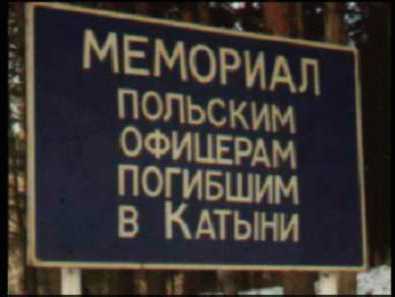
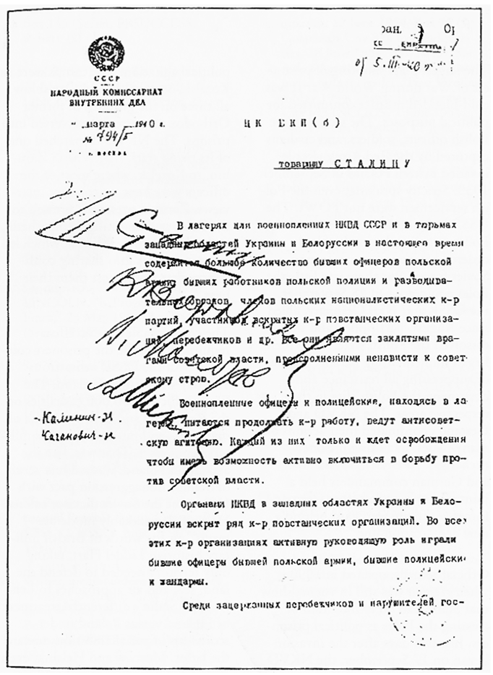
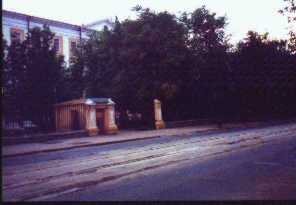
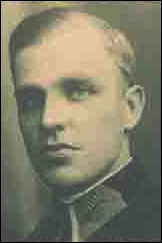
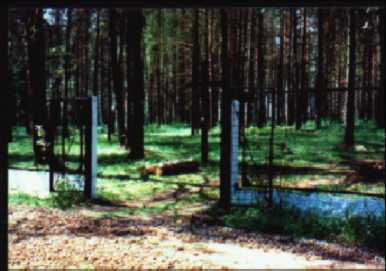



Could you please contact me as I would like to link and post on your Katyn page. I’m not sure if it’s the computer I use or if the link has gone bust. In view of the recent tragic plane crash in which the Polish president and so many important people on their way to Katyn have died, this is now world news and not just of concern to Polish Americans… Christine